6 Must Have Programs For Your Laptop Or Netbook
 Laptops offer many advantages compared to desktop computers. Most importantly they are small and portable. The convenient hardware features of laptops, however, also imply a lot of limitations, for example finite battery life, a smaller keyboard, or an irritating touchpad.
Laptops offer many advantages compared to desktop computers. Most importantly they are small and portable. The convenient hardware features of laptops, however, also imply a lot of limitations, for example finite battery life, a smaller keyboard, or an irritating touchpad.
In this article I will introduce you to a selection of programs for laptops that address these hardware limitations. The tools in this list will make working with your laptop keyboard and touchpad more convenient and increase battery lifetime. And just in case someone takes advantage of its portability, you better had a tool installed that allows you to track your laptop.
One of the greatest annoyances on a laptop can be the touchpad. The most common issue is that the cursor is accidentally triggered and jumps to a random place while you are typing and gently brushing over the touchpad with your hands. This is especially common for people who touch type. TouchFreeze helps solve the issue by automatically disabling the touchpad while the keyboard is in use.

Unfortunately, it does not work on all hardware.
Another tool that tries to deal with the touchpad dilemma is AutoSensitivity. The tool can be used to control the sensitivity of the touchpad and the mouse. A lower sensitivity basically means that the cursor will be less responsive or slower.

Unfortunately, my hardware doesn’t seem to allow separate settings for touchpad and mouse sensitivity and hence the tool did not work as expected. Note that AutoSensitivity requires .NET Framework 3.5 or 4.0.
Touchpads that only support the use of a single finger are utterly limited. Yet the hardware often is capable of interpreting the touch of two or even three fingers at once. This is where Two-Finger-Scroll comes in and taps into the unused potential of your touchpad.
It doesn’t exactly enable multi-touch features known from iOS or Android devices. However, it does enable some familiar behaviors. For example you will be able to scroll up and down when you swipe over the touchpad using two fingers, while using one finger will only move the cursor.
It also supports different behaviors for tapping the touchpad. For example you can assign tapping with two fingers to activating the left and tapping with three fingers to activating the right mouse button. ‘One + one‘ or ‘two + one‘ means that you rest one or two fingers on the touchpad and tap with a second or third finger, respectively.

Whether or not these features will work for you depends on your touchpad. Unlike some of the other tools above, they worked perfectly for me, although it does take some practice to get the tapping just right.
Two-Finger-Scroll received thorough coverage here - How To Easily Activate Two Finger Scroll In Windows Laptops
Laptops are small and so are their keyboards, hence the transition from a full-sized keyboard can be hard. Moreover, some functions require hitting several keys, which can be inconvenient. At the same time, there may be keys available that you never use.
If you want to put some of your unused keys to good use, try SharpKeys, an application that allows you to remap your keys by tweaking the registry. Apart from remapping keys, you can also turn keys off, i.e. disable them.

SharpKeys was featured on MakeUseOf along with two similar tools in this article: Remap Keyboard Keys with These 3 Free Apps [Windows].
Aerofoil tackles the limited energy resources when your laptop is running on battery power. Once you disconnect from A/C power, Aerofoil will step in and optimize your Windows Vista or Windows 7 system for saving power. It does that by disabling Windows features like Aero Glass, muting the sound, or switching to a different Windows power plan.

Some sources claim that Aerofoil can extend your battery life by up to 25%. The tool runs on minimal system resources and all features are optional. Aerofoil is available for Windows Vista and Windows 7 in both 32-bit and 64-bit versions.
Note that if you get an error message saying msvcp100.dll is missing, you may need a Windows update. Details are listed on the download page for Aerofoil, below the download links for the tool itself.
Do you often work in public places and are you worried that your laptop might get stolen? Prey won’t protect your laptop from thieves, but if it ever does get taken away from you, you can use the software to keep track of its location and possibly get it back.

For a comprehensive introduction to Prey, check out this article - Track Down and Recover Your Stolen Laptop with Prey.
You may also be interested in similar tools, that we have covered in the following articles and Directory entries :
For more great applications specifically for your netbook, please check out these articles:
What are your best tips and tricks for working with a laptop or netbook? Are there any gems you would like to share with us?
Image credits: Yuri Arcurs
 Thursday, January 12, 2012 at 10:38AM
Thursday, January 12, 2012 at 10:38AM  Miguel M. de la O | Comments Off |
Miguel M. de la O | Comments Off |  Backup,
Backup,  Networking,
Networking,  Storage,
Storage,  Utilities
Utilities  Laptops offer many advantages compared to desktop computers. Most importantly they are small and portable. The convenient hardware features of laptops, however, also imply a lot of limitations, for example finite battery life, a smaller keyboard, or an irritating touchpad.
Laptops offer many advantages compared to desktop computers. Most importantly they are small and portable. The convenient hardware features of laptops, however, also imply a lot of limitations, for example finite battery life, a smaller keyboard, or an irritating touchpad.





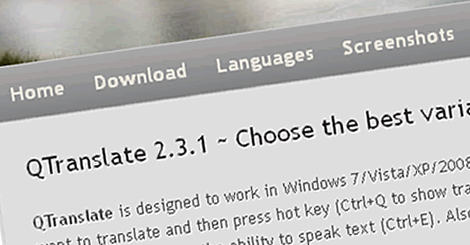
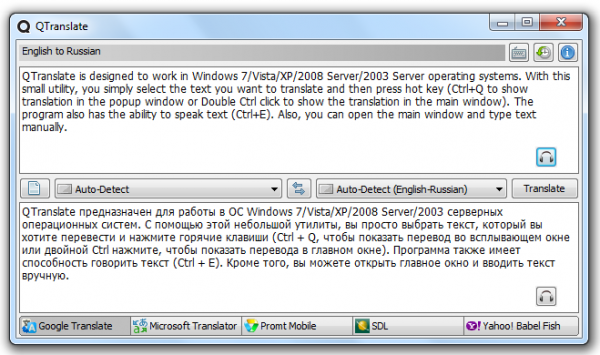
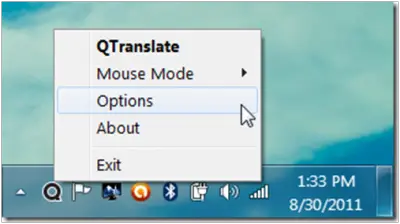
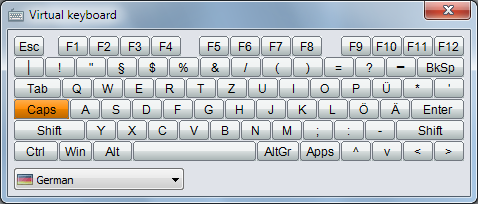
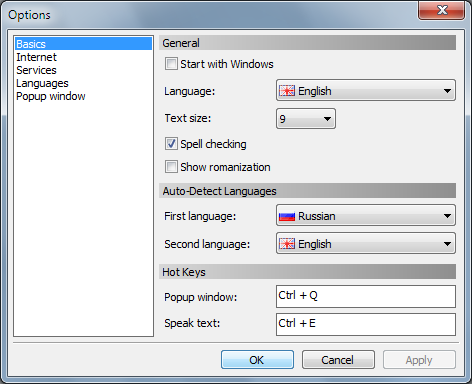
 According to
According to  Obviously we have to begin with Control+F since the statistic is begging for it. Control+F, or Command+F on a Mac, is the keyboard shortcut for the Find command. If you're in a web browser and want to search text on a web page, pressing Control+F will bring up a search box. Just type in that search box and it'll locate the text you're typing on the page. Control+F may work in other applications, too, when you need to find something. For example, Microsoft Word and other word processing applications use this keyboard shortcut.
Obviously we have to begin with Control+F since the statistic is begging for it. Control+F, or Command+F on a Mac, is the keyboard shortcut for the Find command. If you're in a web browser and want to search text on a web page, pressing Control+F will bring up a search box. Just type in that search box and it'll locate the text you're typing on the page. Control+F may work in other applications, too, when you need to find something. For example, Microsoft Word and other word processing applications use this keyboard shortcut. Pressing Control+N, or Command+N on a Mac, is the command for creating something new. In a web browser, this will make a new window. In a word processing, image editing, or other document-based application this keyboard shortcut will create a new document.
Pressing Control+N, or Command+N on a Mac, is the command for creating something new. In a web browser, this will make a new window. In a word processing, image editing, or other document-based application this keyboard shortcut will create a new document. Now that you know how to create a new document with your keyboard, you should also know how to save one. Control+S, or Command+S on a Mac is the keyboard shortcut for saving a document. If this is the first time you've saved the document you'll be presented with a new window that'll ask you what to name it and where you want to save it. If you've already saved it once before, this keyboard shortcut will simply save your changes.
Now that you know how to create a new document with your keyboard, you should also know how to save one. Control+S, or Command+S on a Mac is the keyboard shortcut for saving a document. If this is the first time you've saved the document you'll be presented with a new window that'll ask you what to name it and where you want to save it. If you've already saved it once before, this keyboard shortcut will simply save your changes. If you want to print the document you just made, Control+P, or Command+P on a Mac, is the keyboard shortcut that will open the print window. From there you'll be able to check your settings, choose a printer, etc. When you're ready, just click print and your document will be printed. This keyboard shortcut works in pretty much any application with printable content, including your web browser.
If you want to print the document you just made, Control+P, or Command+P on a Mac, is the keyboard shortcut that will open the print window. From there you'll be able to check your settings, choose a printer, etc. When you're ready, just click print and your document will be printed. This keyboard shortcut works in pretty much any application with printable content, including your web browser. Alt-F4 (and sometimes Control+W or Control+Q), or Command+Q on a Mac, is the keyboard shortcut for quitting the current application. In Windows it will quit the currently open that's in focus on the screen. On a Mac this is also generally the case, but sometimes it's not as clear. To know which application is going to quit when you perform this keyboard command, just look in the upper left corner to see it's name.
Alt-F4 (and sometimes Control+W or Control+Q), or Command+Q on a Mac, is the keyboard shortcut for quitting the current application. In Windows it will quit the currently open that's in focus on the screen. On a Mac this is also generally the case, but sometimes it's not as clear. To know which application is going to quit when you perform this keyboard command, just look in the upper left corner to see it's name. The enter key, or return key on a Mac, is useful for a lot of things. When a dialog window pops up and asks you to press okay or cancel, you can usually just press Enter instead of clicking okay. In Windows you can tell which button will respond to enter because it'll have a dotted box inside of it. On a Mac the button will be blue instead of gray. Enter can also be used for other things, like submitting forms on web pages from any text field in that form.
The enter key, or return key on a Mac, is useful for a lot of things. When a dialog window pops up and asks you to press okay or cancel, you can usually just press Enter instead of clicking okay. In Windows you can tell which button will respond to enter because it'll have a dotted box inside of it. On a Mac the button will be blue instead of gray. Enter can also be used for other things, like submitting forms on web pages from any text field in that form.








